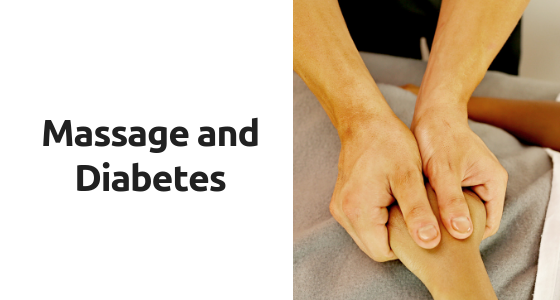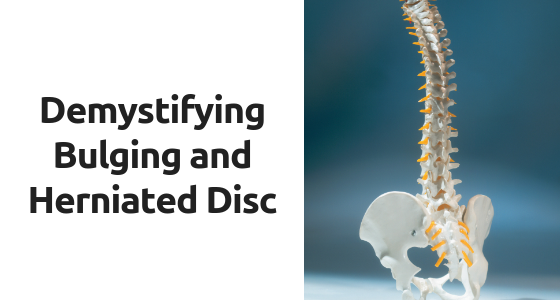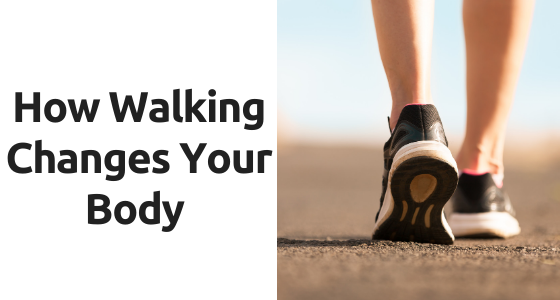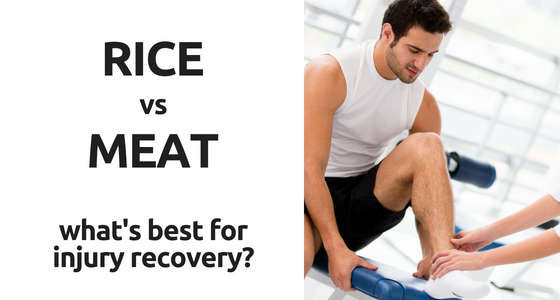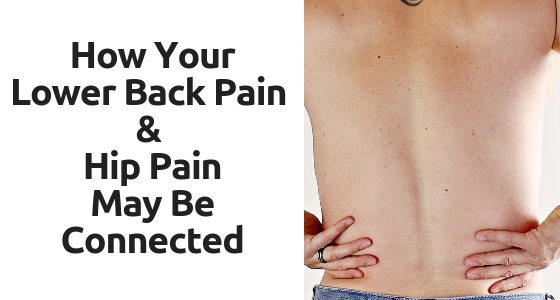Massage and Diabetes
Did you know that diabetes affects almost 10% of the population? It’s a frustrating condition for many people that can completely alter their day-to-day activities. Every bite of food and any physical activity has to be taken into account.
The Mysterious World of Fascia
You may have heard the term fascia thrown around, especially if you’re familiar with bodywork or fitness jargon. But what exactly is fascia? Fascia is simply a type of connective tissue, and it’s actually quite complex; not so much because of what it is, but rather the enormous job that it has within the body. Fascia weaves in and out of every single part of your body, binding muscle fibers and muscle groups (called myofascia), wrapping around bones, nerves, and blood vessels, essentially holding everything in place as it should be. The amazing thing about it, is that fascia is strong yet flexible, in the sense that it acts as a mild shock absorber for the structures it encompasses, and is constantly changing length and shape to accommodate the necessary movements of all these structures. So, with this intricate work, what happens if something goes wrong?
Are You Touch Deprived?
There are 5 basic human senses: sight, hearing, smell, taste, and touch. Touch is the first sense we develop. It is also the most vital to our well-being. There are several sensations of touch we experience such as pressure, temperature, light touch, vibration, and pain. Just take a second to think. How often do you reach out to touch someone? How often does someone reach out to touch you? Did you know that you may be touch deprived? Touch deprivation is a real issue, with real symptoms, as well as real solutions.
Demystifying Bulging and Herniated Disc
Within the spine you have numerous structures, but the two we’re focusing on here are your vertebrae (the individual bones of the spine), and the discs (the cartilage ‘cushion’ in between each of those vertebrae). These discs act as shock absorbers that allow your spine to move in different directions and deal with regular impact without damaging the other spinal structures.
TMJ Dysfunction
Have you ever had pain, stiffness, grinding, clicking, or locking of your jaw? These are most often clear signs of TMJ (temporomandibular joint) Dysfunction. This is a common condition, affecting over 10 million people! The severity of the condition varies greatly, with some people experiencing only mild symptoms on occasion, while others suffer a great deal daily. And if you notice your symptoms getting worse, now’s the time to start taking care of it. That grinding, clicking, pain, and locking are all signs that the joint isn’t moving and functioning properly, meaning damage is being done, and without intervention that damage may very well be irreparable.
How Walking Changes Your Body
You probably know that being active is important to maintaining your health. Most of the time when we talk about being active, we think about lifting weights, running, or taking some intense aerobics class. But did you know that walking can have a major impact on your health?
RICE vs MEAT
There’s a hot debate going on when it comes to injury recovery concerning the well-known method of RICE and the newer, lesser known method of MEAT. So let’s quickly go over what these are and then we can look at which is best and when.
Myths about muscle soreness
If you’ve ever done any activity out of the ordinary, you know what it’s like to be sore after. If you’ve done squats, you know walking up and down steps is like torture the day after. Or have your arms shaking after an intense workout. Whether you’re still working toward that New Year’s resolution of getting into shape, or just pushing yourself a bit past your normal, it’s important to be aware that there are many misconceptions about muscle soreness.
Sciatica: Is it Piriformis Syndrome or Your Lower Back?
When seeking answers for low back, hip, and leg pain, you may have heard the term Sciatica. This condition occurs when the sciatic nerve (the largest nerve in the body) is irritated or inflamed, causing pain, tingling, and/or numbness felt along part or all of the nerve path; most often starting in the low back or the buttock and traveling down the outer leg, even all the way down to the foot in some cases.
How Your Lower Back Pain & Hip Pain May be Connected
The body is intricately designed with nerve endings and connective tissues that intertwine to form a beautiful structure capable of everything from minute movements, to birthing a child, to surviving in some of the harshest conditions on earth. But with these capabilities comes vulnerability, so it’s no surprise that we experience pain from time to time at the very least. What you may not realize is that sometimes the pain you feel isn’t necessarily caused by something in the area you feel it. For example, when you have an injury to your hips or pelvis, it can often cause back pain. Due to the proximity of the complex joints of the pelvis to your spine, your body can also interpret your hip/pelvis problem as back pain and your back problem as hip/pelvic pain.

